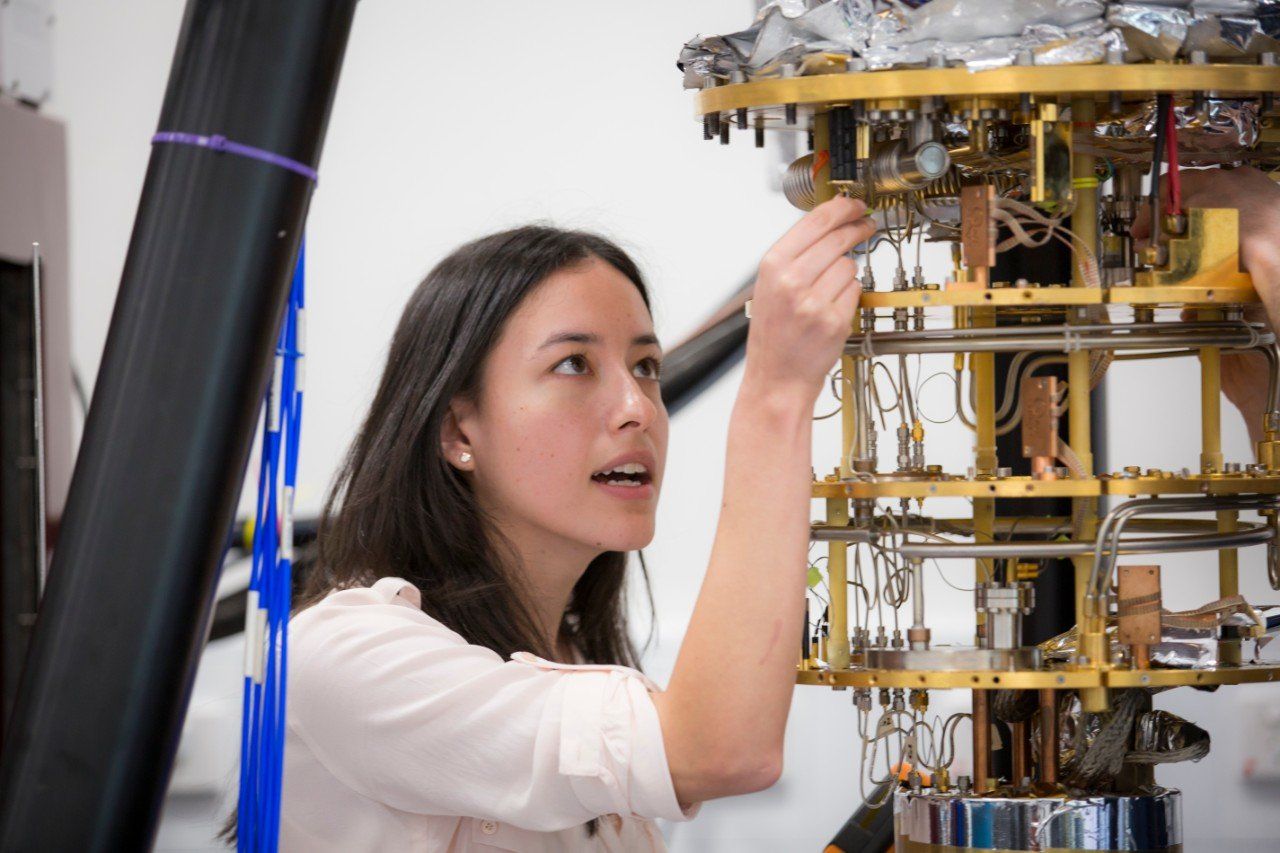A team at the University of Sydney and Microsoft, in collaboration with Stanford University in the US, has miniaturised a component that is essential for the scale-up of quantum computing. The work constitutes the first practical application of a new phase of matter, first discovered in 2006, the so-called topological insulators.
Beyond the familiar phases of matter — solid, liquid, or gas — topological insulators are materials that operate as insulators in the bulk of their structures but have surfaces that act as conductors. Manipulation of these materials provide a pathway to construct the circuitry needed for the interaction between quantum and classical systems, vital for building a practical quantum computer.
Theoretical work underpinning the discovery of this new phase of matter was awarded the 2016 Nobel Prize in Physics.
